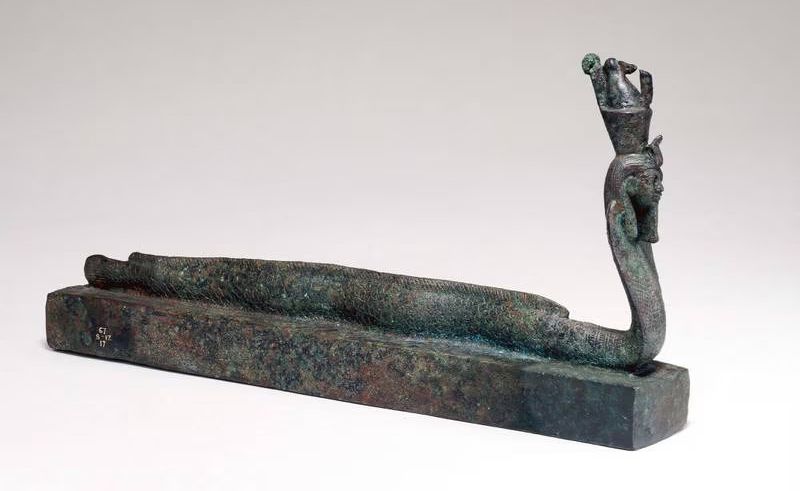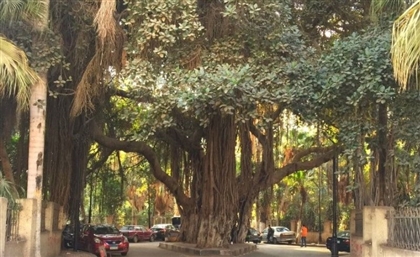New Secrets on Animal Mummification in Ancient Egypt Unearthed
Cutting-edge technology and researched backed by the British Museum unveil new mummification secrets.

Ancient Egyptian animal coffins have been examined using neutron tomography, revealing new insights into the practice of animal mummification. The six sealed copper coffins, dating back to between 500-300 BC and 664-332 BC respectively, were found in various locations across Egypt, including Naucratis and Tell El Yehudiyeh. The mummified animals, believed to have been offerings to deities or participants in rituals, included lizards, eels, and part-eel, part-cobra creatures with human heads.
Using cutting-edge neutron tomography, archaeologists were able to peer inside the sealed coffins, finding intact skulls similar to North African wall lizard species, broken-down bones, and linen textile fragments. The researchers suggest that linen was likely used to wrap the animals before they were placed inside the coffins. Lead was also found in three of the coffins, which may have been used for its magical properties in love charms and curses.
The study, published in Scientific Reports and led by Daniel O’Flynn of the British Museum, provides valuable insights into the practice of animal mummification in ancient Egypt, as well as the deep importance of animals in religious practices. The loops found on the exterior of three of the coffins may have been used to hang them from shrine or temple walls, statues, or boats during religious processions.



























